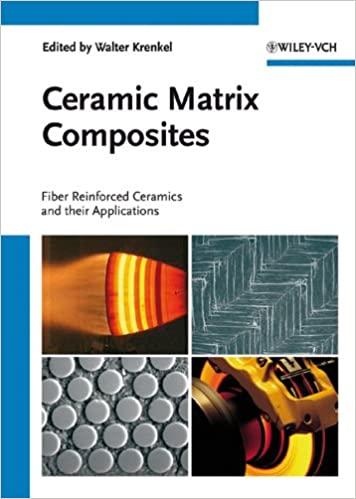Answered step by step
Verified Expert Solution
Question
1 Approved Answer
QUESTION 1 A process stream, with an inlet temperature of 1 1 0 C is to be cooled to 4 8 C . The process
QUESTION
A process stream, with an inlet temperature of C is to be cooled to C The
process stream has a flowrate of kgh Cooling water is available at C for
cooling purposes. The cooling water outlet temperature should not exceed C
The physical properties of the process and cooling water stream are as follows:
Process stream Cooling water
Density kgm
Heat capacity Jkg
K
Viscosity Nsm
Thermal conductivity Wm
K
Fouling coefficient W m
K
Allowable pressure drop kPa
Tubes k Wm
K
with an outside diameter OD mm wall thickness
of mm and length m are available. A triangular pitch of OD has been
selected.
Would you agree that the cooling water stream should be allocated to the tube
side of the exchanger? Justify your answer.
Decide whether a shell tube pass heat exchanger will be suitable, and then
calculate the heat transfer area required for the heat exchanger, based on an
overall heat transfer coefficient of Wm
K
Select the type of exchanger ie fixedtube, splitring floating head, pull
through floating head and calculate the shell bundle clearance and the shell
diameter required for the given service.
NB: Shellbundle chart on the last page!
Calculate the tubeside heat transfer coefficient, jh x
Step by Step Solution
There are 3 Steps involved in it
Step: 1

Get Instant Access to Expert-Tailored Solutions
See step-by-step solutions with expert insights and AI powered tools for academic success
Step: 2

Step: 3

Ace Your Homework with AI
Get the answers you need in no time with our AI-driven, step-by-step assistance
Get Started


